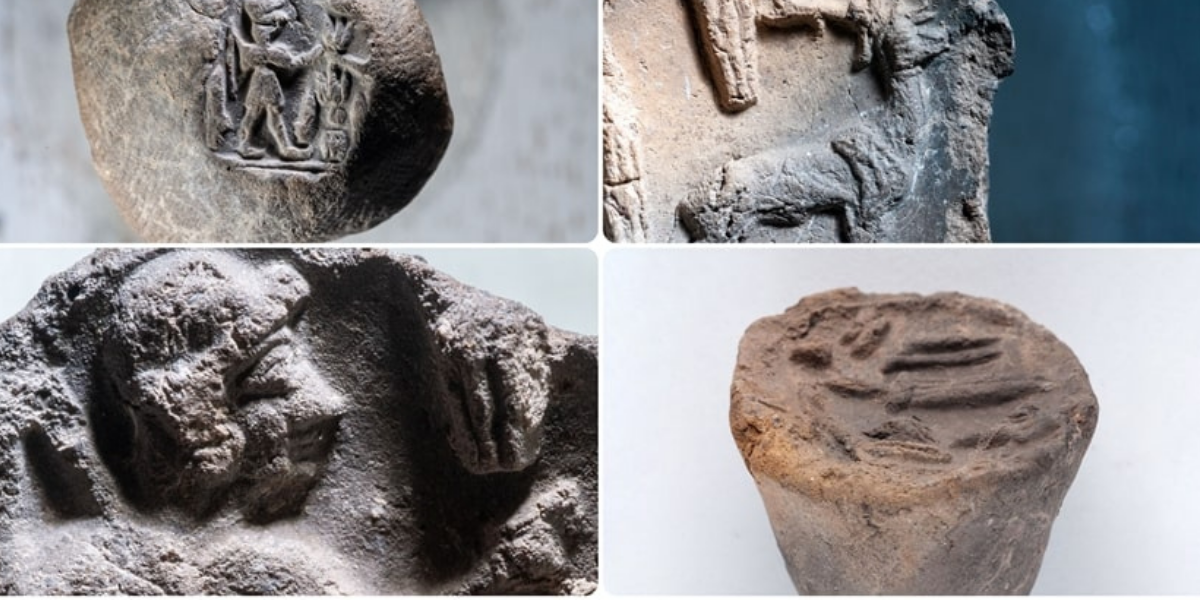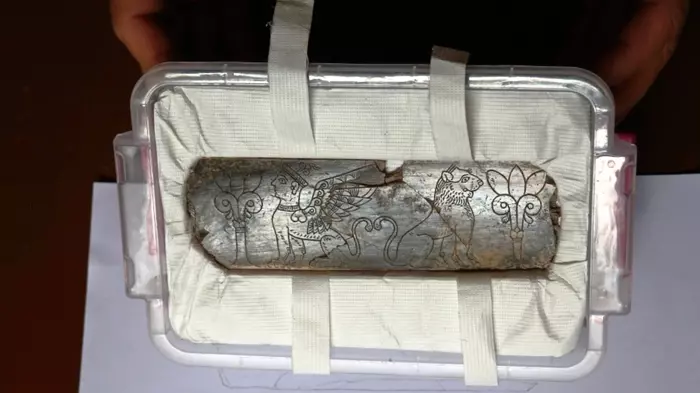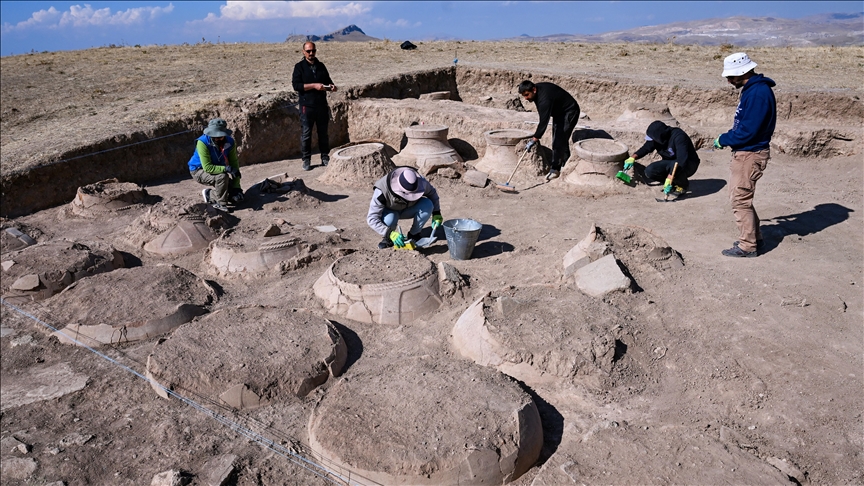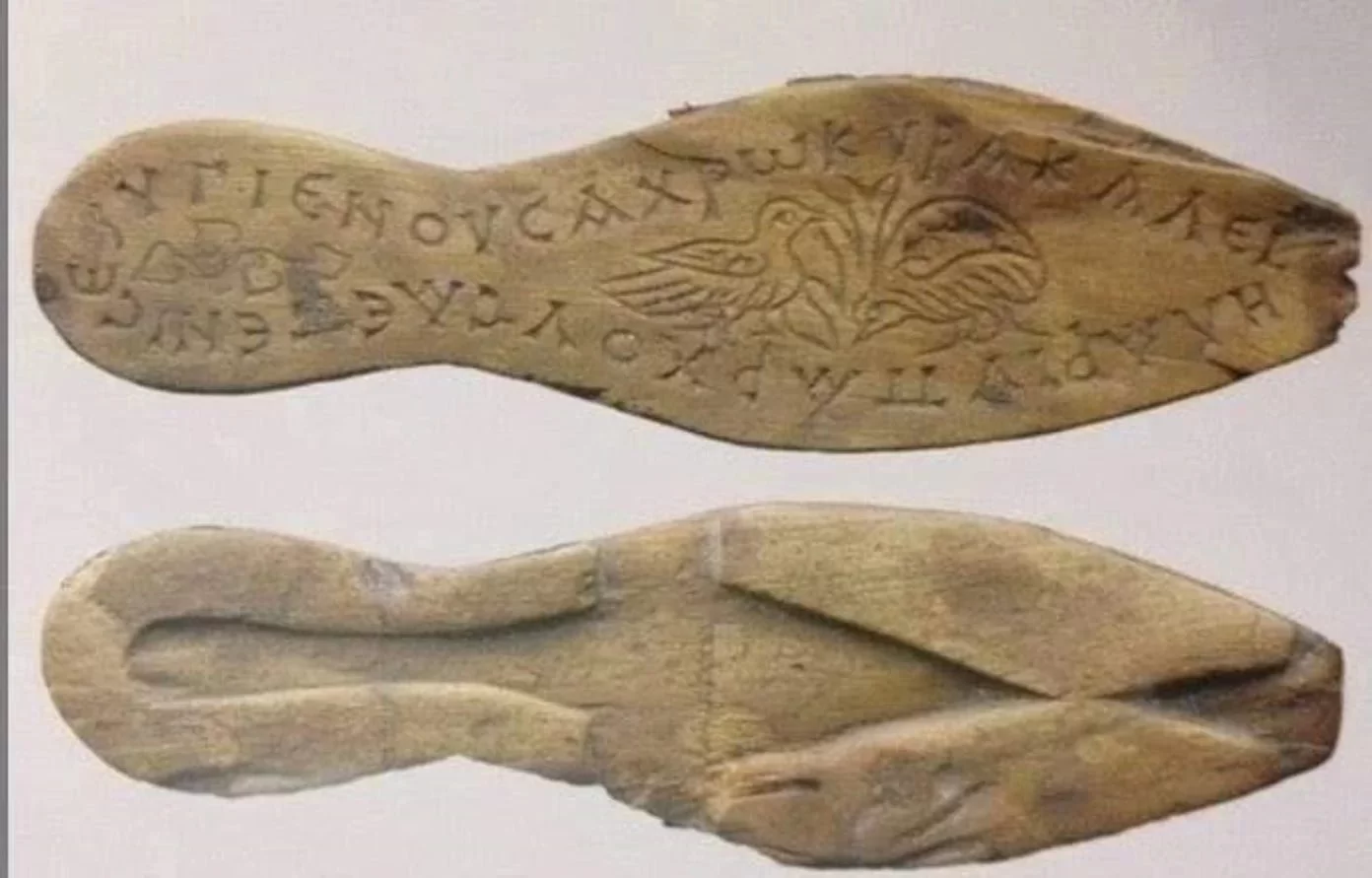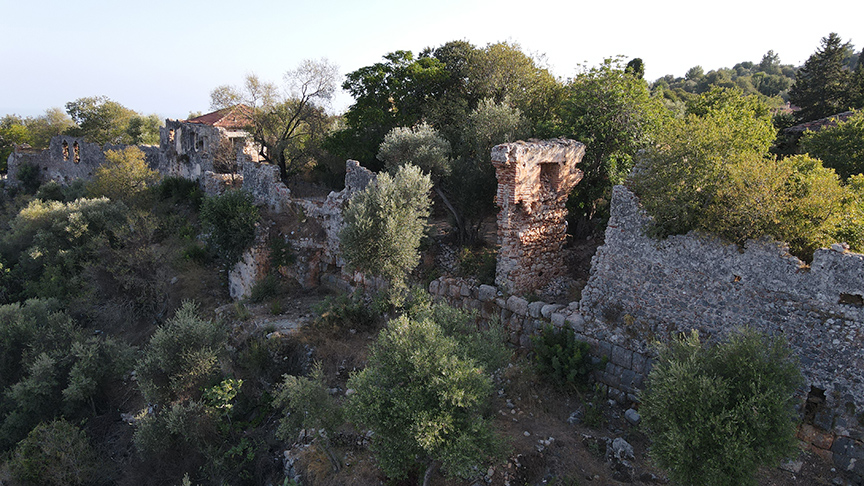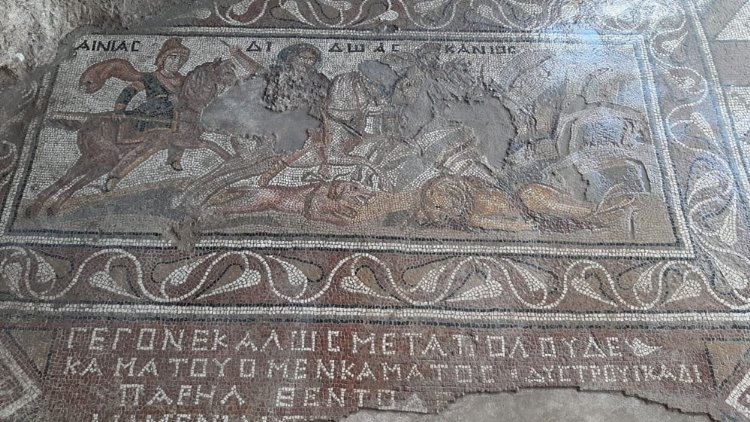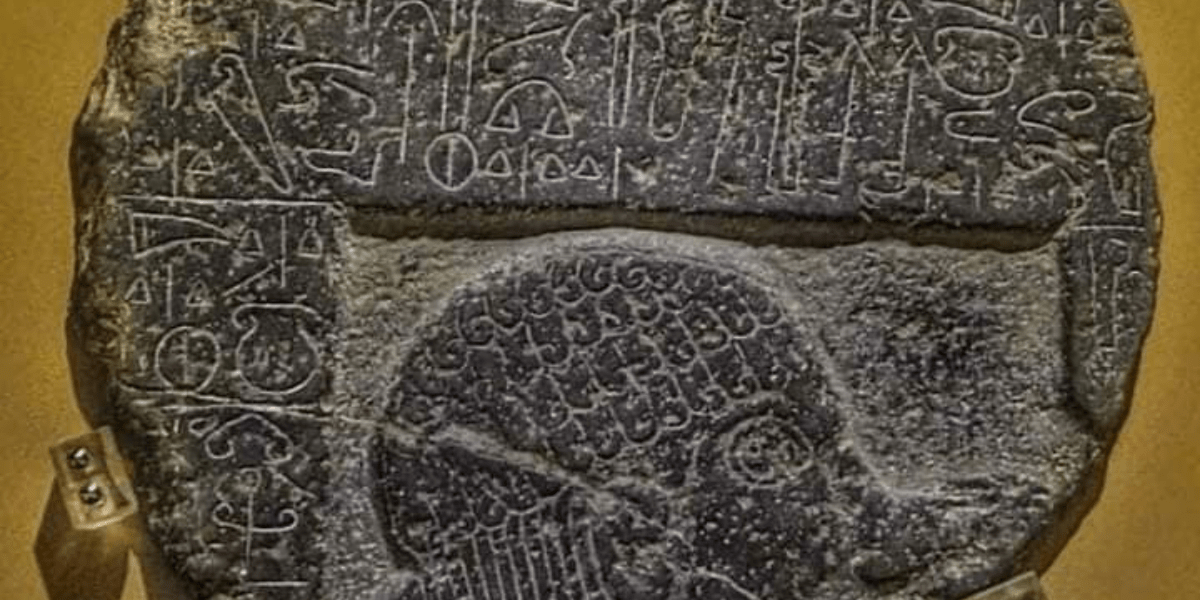More than 50 seal impressions belonging to members of the royal family, including princes, scribes and local temple lords, have been unearthed in the Hittite city of Šamuḫa, now known as the village of Kayalipinar, about 40 kilometers west of Sivas province in Türkiye.
Šamuḫa was one of the most important centers of the Hittite empire, both militarily and religiously.
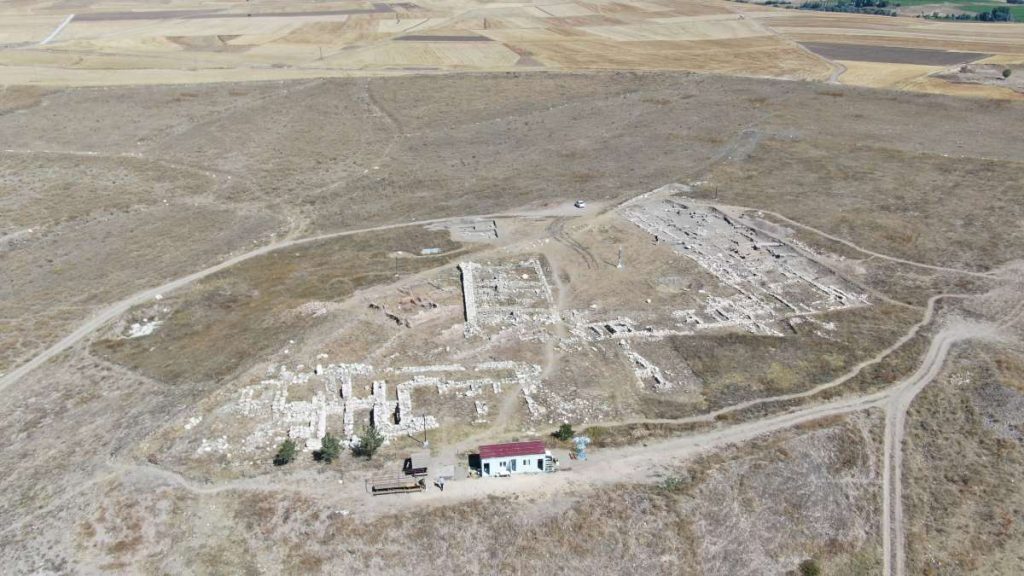
Among the seals recovered is that of a prince named HattusaRuntiya, meaning “Protector of Hattusa”, the ancient Hittite capital. Another interesting seal belongs to Pihaya, a scribe thought to have served Queen Puduhepa, and ArmaTarupasani, a servant of the Moon God.
With the permission of the Ministry of Culture and Tourism, Samuha excavations continue under the presidency of Koç University Archaeology and Art History Department Faculty Member Assoc. Prof. Dr. Çiğdem Maner.
Head of Excavation Assoc. Prof. Dr. Çiğdem Maner told AA correspondent that during the excavations carried out in Kayalıpınar for the last 2 years, they determined that there was an uninterrupted settlement from the Paleolithic Age to the Seljuk period.
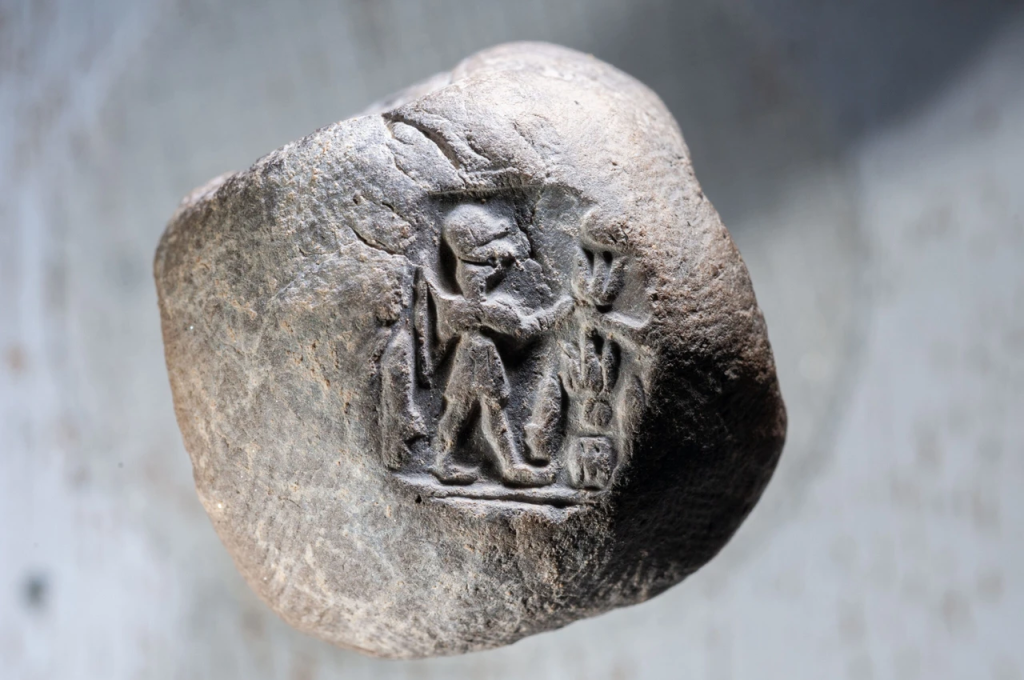
Maner said that structures belonging to Assyrian trade colonies, Hittite, Roman and Byzantine periods were unearthed.
“From last year we continued excavating the Hittite administrative building and uncovered more seal impressions. These findings are crucial for reassessing the history of the Hittite royal family,” he said.
“The cuneiform tablets and hieroglyphic seal impressions unearthed here are among the most important findings,” said Prof. Hasan Peker, a Hittitologist from Istanbul University.
The team is currently working in a destroyed archive room where they found seals belonging to high-ranking officials and members of the royal family.
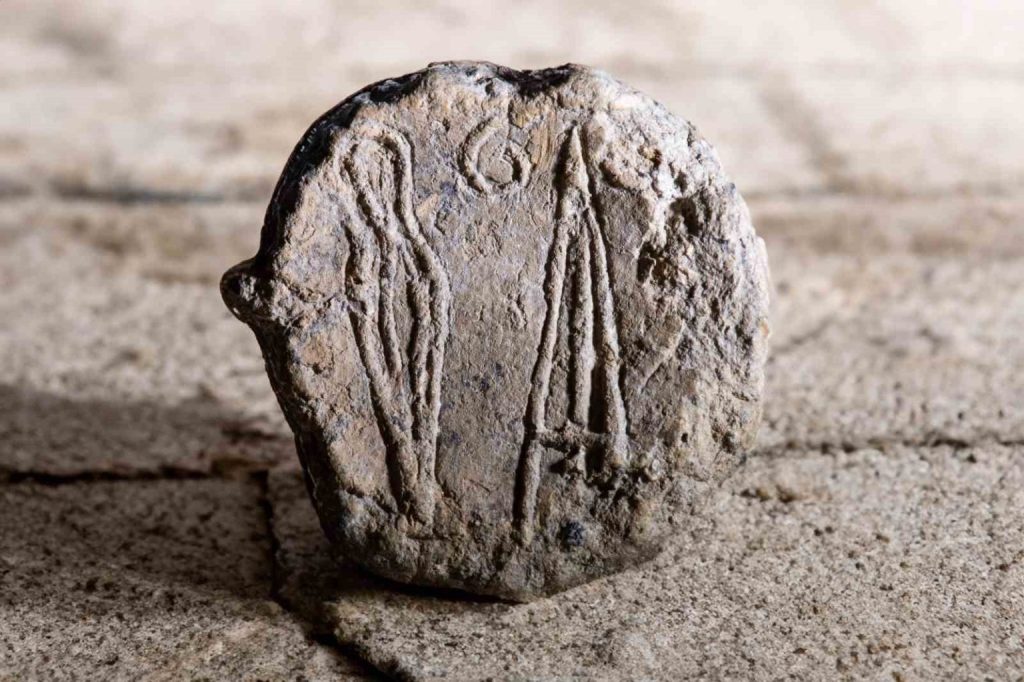
“Since last season, over 50 seal impressions have been uncovered. This year, we found numerous seals bearing the names of princes, who were either connected to the royal family through marriage or blood ties,” said Peker.
“These seals are not only valuable for confirming the existence of these historical figures, but they also provide essential data on the Hittite administrative system,” explained Peker.
The seals were used to authenticate economic and administrative documents, solidifying Kayalipinar’s importance in Hittite governance.
These discoveries have provided fresh insight into the Hittite royal ancestry and the city’s important function in the governance of the empire.
Cover Photo: AA

